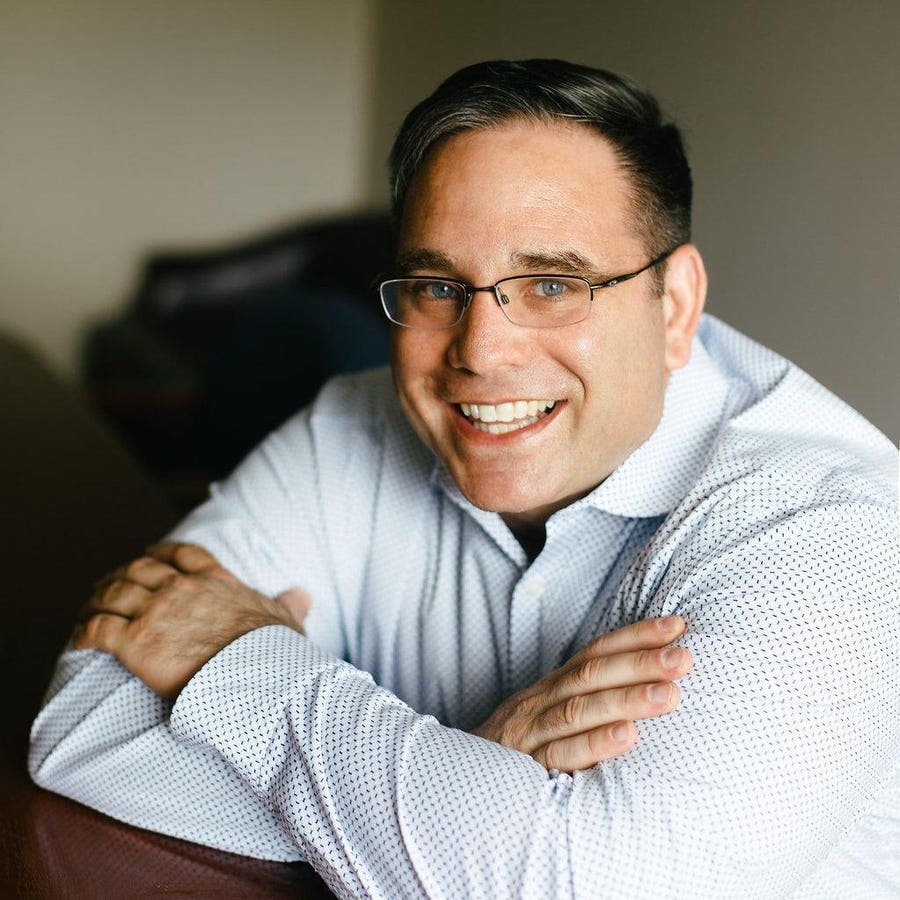Andrew Amigo has made it his mission to help people build healthier brains. As founder of The Accomplished Brain software, he has developed a program that helps those coping with traumatic brain injuries, strokes, autoimmune disease, Parkinson’s, hearing and movement disorders and other conditions that affect brain health to strengthen areas that have been damaged in accidents or weakened by disease, so they can restore healthy functioning.
Amigo, a neuroscience exercise specialist with an MS in exercise science, founded his Ft. Lee, N.J.-based holistic health company 22 years ago, seeing there were opportunities to fill gaps in how patients were treated. “I looked at the therapeutic model: Is there a way we can add or complement the model that already exists?” he recalls.
Spending the first six years of his practice on soft-tissue injuries, he gradually began taking on patients who had muscular-skeletal injuries such as concussions and fell in love with the process of helping them recover. He found he gravitated to cases where the need was very high. “To work with them is to truly help them improve their quality of life,” says Amigo. “That is what made me fall in love. It got me to give it everything I had.”
Using brain training, nutrition, and supplements, he works with his clients to create balance in their brains and nervous systems. He has focused his efforts since 2015 on building the self-financed Accomplished Brain software, an app compatible with Apple IOS and Google Android, enabling therapists and trainers to offer customized brain exercise programs to their clients. The Accomplished Brain currently includes nine brain exercise programs, with 34 brain activities, including three programs in augmented reality and four in virtual reality.
The Accomplished Brain leases its software to sports teams and hospitals, with clients such as University of North Carolina Athletics. With about 40 clinics using the software, he also offers courses to practitioners to teach them how to deploy it. Amigo runs a lean company, relying on a team of about six freelance software developers, based in Colombia, to help him build out the program.
“I’ve dedicated myself to getting a deep understanding of neuroscience and how everything connects together,” says Amigo. “So, from a more functional neuroscience perspective, I’m very grateful to work on all these cases one-on-one, to be able to help a client, take a lot of my ideas and put them into the practice and to enhance and refine the software and share all of that value with the clinics.”
Coming up with a strategy that brings results is a big part of his clinical work. “Working with the brain is like playing chess,” he says. “The littlest move can make the biggest difference. You have to think from a strategic point of v iew: What do I do? How do areas of the brain link to other areas? How does the system fatigue? You have to look at patterns.”
Amigo’s clinical work often inspires ideas for the constantly-evolving software. “I get ideas in rehab, ,” he says. He also has opportunities to talk shop with his wife Luz, a speech language pathologist therapist, and step-daughter, Camila, who recently graduated with a degree in physical therapy from Northeastern University.
With the software well developed, Amigo is on the move, doing one-on-one outreach to more clinics to spread the word about The Accomplished Brain. “Our goal is to teach the concepts and the neuroscience, coupled with how to use the software,” he says.
Another part of his work is keeping up with new developments in the field. He was recently part of the inaugural class of the Johns Hopkins University Medical Vestibular Course.
It’s a labor of love—one built on both healing the brain and scaling up a healthy entrepreneurial company—and that takes time. “Patience is your best friend—sticking to the course,” he says. “That doesn’t mean you’re not going to have challenges. It’s how you pivot from them that matters.”
Read the full article here





